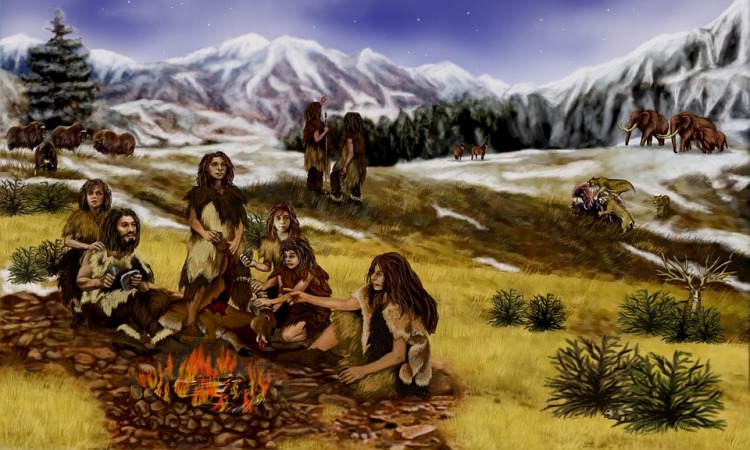Human species found that roamed Earth nearly 67,000 years ago

Scientists have discovered the remains of a tiny, previously unknown species of humans that roamed the Earth nearly 67,000 years ago. Researchers from the Australian National University (ANU) said that the findings represent a major breakthrough in our understanding of human evolution across Southeast Asia.
The team uncovered the remains of at least two adults and one juvenile within the same archaeological deposits in the Philippines, proving the region played a key role in hominin evolutionary history. "The fossil remains included adult finger and toe bones, as well as teeth. We also recovered a child's femur. There are some really interesting features -- for example, the teeth are really small," said Philip Piper from Australian National University (ANU).
The new species, Homo luzonensis is named after Luzon Island, where the more than 50,000-year-old fossils were found during excavations at Callao Cave. "The size of the teeth generally, though not always, reflect the overall body-size of a mammal, so we think Homo luzonensis was probably relatively small," Piper said in a statement.
"Exactly how small we don't know yet. We would need to find some skeletal elements from which we could measure body-size more precisely," he said. "It's quite incredible, the extremities, that is the hand and feet bones are remarkably Australopithecine-like. The Australopithecines last walked the earth in Africa about two million years ago and are considered to be the ancestors of the Homo group, which includes modern humans," Piper added.
"So, the question is whether some of these features evolved as adaptations to island life, or whether they are anatomical traits passed down to Homo luzonensis from their ancestors over the preceding two million years," he said. Homo luzonensis shares some unique skeletal features with the famous Homo floresiensis or 'the hobbit', discovered on the island of Flores to the south-east of the Philippine archipelago.
In addition, stone tools dating to around 200,000 years ago have been found on the island of Sulawesi, meaning that ancient hominins potentially inhabited many of the large islands of Southeast Asia, researchers said.
(With inputs from agencies.)
ALSO READ
Soccer-US players Morgan, Horan saddened by team mate's social media posts
Pakistan Hockey Federation wants Oltmans to coach national team
Southeast Asian countries consider ways to boost 'green financing' as region chokes on smog
Sports News Roundup: Soccer-US players Morgan, Horan saddened by team mate's social media posts; NHL roundup: Islanders rally past Blackhawks and more
Sports News Roundup: Soccer-US players Morgan, Horan saddened by team mate's social media posts; MLB roundup: Shohei Ohtani's 1st Dodgers HR highlights win and more










